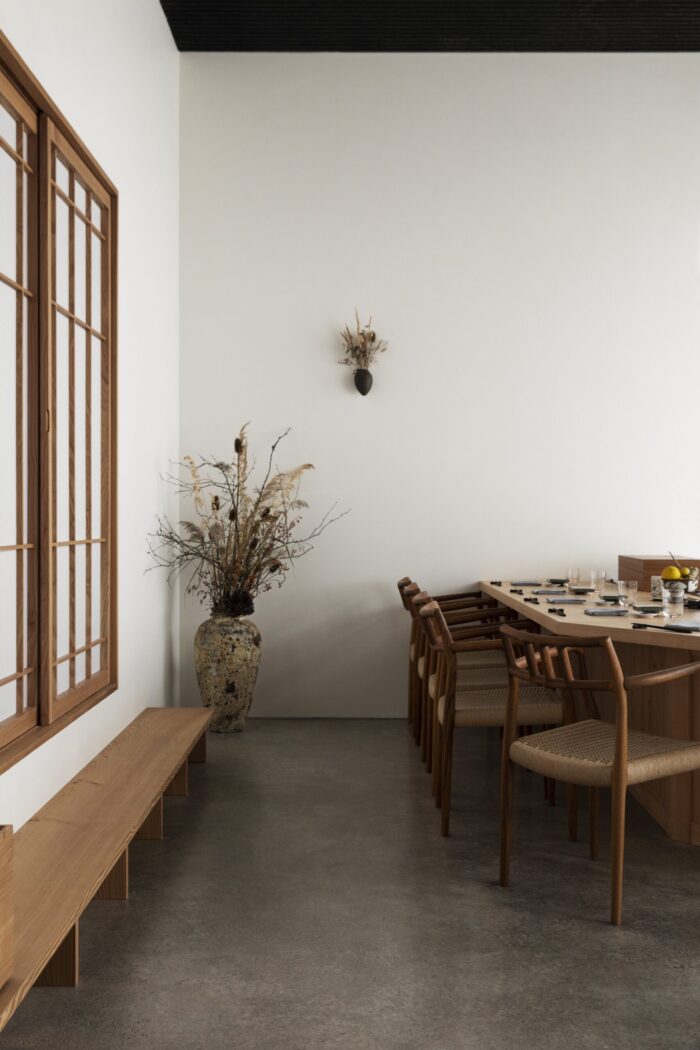Recommended sushi restaurants in Denmark
Characteristics of Denmark’s Cuisine
The Kingdom of Happiness, Denmark
Denmark is a small country with a population of about 5.8 million, located in Northern Europe. It consists of the Jutland Peninsula and 443 islands, with its capital, Copenhagen, known for its colorful buildings along the harbor.
Denmark is famously known as a “kingdom of happiness,” consistently ranking high in the World Happiness Report. The reasons include the high standard of living of its citizens, comprehensive social security systems, and emphasis on work-life balance.
Moreover, Denmark is also known as a kingdom of design. Its simple and functional furniture and household items are loved worldwide, and in recent years, its aesthetic has been incorporated into architecture and urban planning.
Denmark has produced many talents, including fairy tale author Hans Christian Andersen and physicist Niels Bohr. A trip to Denmark, with its rich nature and culture and the warmth of its people, will surely become an unforgettable memory.
From the Glory of Vikings to a Modern Welfare State
The history of Denmark begins with the bold voyages of the Vikings, who were active from the North Sea to the Mediterranean from the 9th to the 11th centuries, gaining fame through trade and conquest. However, with the acceptance of Christianity in the 10th century, Denmark gradually transitioned to a more peaceful nation.
In 1397, the Kalmar Union was formed to unite the Nordic countries. However, Sweden became independent in the 16th century, and Denmark went through various territorial losses, eventually settling as the small country it is today.
Entering the 19th century, absolute monarchy was abolished, transitioning to a constitutional monarchy and starting the path towards a welfare state. Although occupied by Nazi Germany during World War II, Denmark recovered post-war and now boasts a high standard of living.
Denmark’s history is colored by the strength of the Vikings, the influence of Christianity, and the journey towards a welfare state. It tells the story of a small, yet continuously strong and unique, country.
Tradition and Innovation in Harmony
Denmark’s food culture is characterized by a unique charm, where traditional elements nurtured by its rich nature and history blend with innovative elements that have gained recent attention.
Traditional Food Culture
Cold breakfasts consisting of bread, cheese, ham, jam, etc., along with coffee, are common.
Open sandwiches: Rye bread topped with various ingredients is a staple dish in Denmark.
Meat dishes: Simple preparations of pork, beef, chicken, etc., are popular.
Dairy: Known as a dairy kingdom, Denmark produces a wealth of cheese, butter, and other dairy products.
Desserts: Denmark offers unique desserts like layer cake and æbleskiver.
Innovative Food Culture
New Nordic Cuisine: Utilizing Scandinavian ingredients in innovative ways, gaining worldwide attention.
Local consumption: There is a strong preference for locally produced, fresh ingredients.
Organic focus: High interest in organic food, with many restaurants and supermarkets offering organic options.
Vegetarian and vegan: An increase in vegetarian and vegan populations has led to more restaurants and menus catering to these diets.
The Current State of Sushi Culture in Denmark
In recent years, sushi has become popular in Denmark, with sushi restaurants opening across the country. The Danish view sushi as a healthy cuisine that offers fresh seafood.
Features of Danish sushi include:
Use of locally caught fish such as salmon and herring.
Often, regular rice is used instead of vinegared rice.
Rolls and hand rolls are more common than nigiri sushi.
Toppings like mayonnaise or lemon juice are used instead of soy sauce or wasabi.
Danish sushi has evolved uniquely from traditional Japanese sushi. However, with growing interest in Japanese cuisine, restaurants offering authentic Edomae sushi are also increasing.
Denmark’s Pride, Heartwarming Specialties
Denmark, with its rich nature and cultural heritage, offers numerous specialties that capture the hearts of those who visit.
Royal Copenhagen porcelain, a brand with royal patronage, is known for its delicate painting and elegant forms, turning everyday items into art.
LEGO bricks, originating from Denmark, allow for creative expression through colorful blocks, making it a national toy loved across generations.
Smørrebrød, Danish open sandwiches, are a feast for the eyes with various toppings on rye bread, representing Denmark’s culinary culture.
Hans Christian Andersen’s fairy tales, including “The Little Mermaid” and “The Ugly Duckling,” are beloved stories that are integral to understanding Danish culture.


